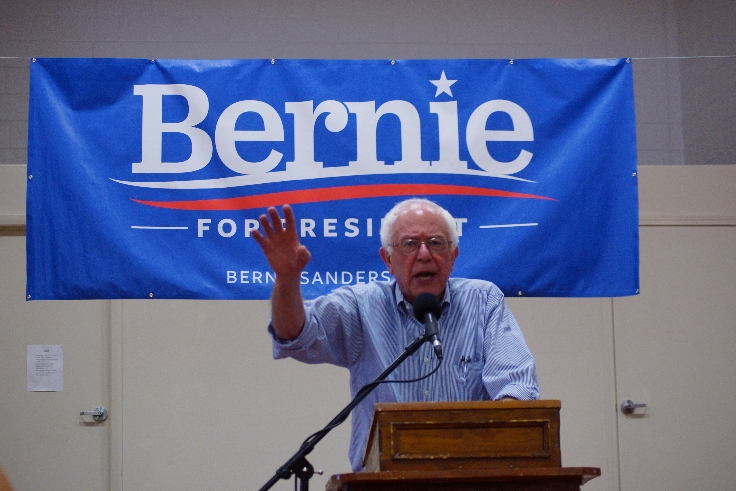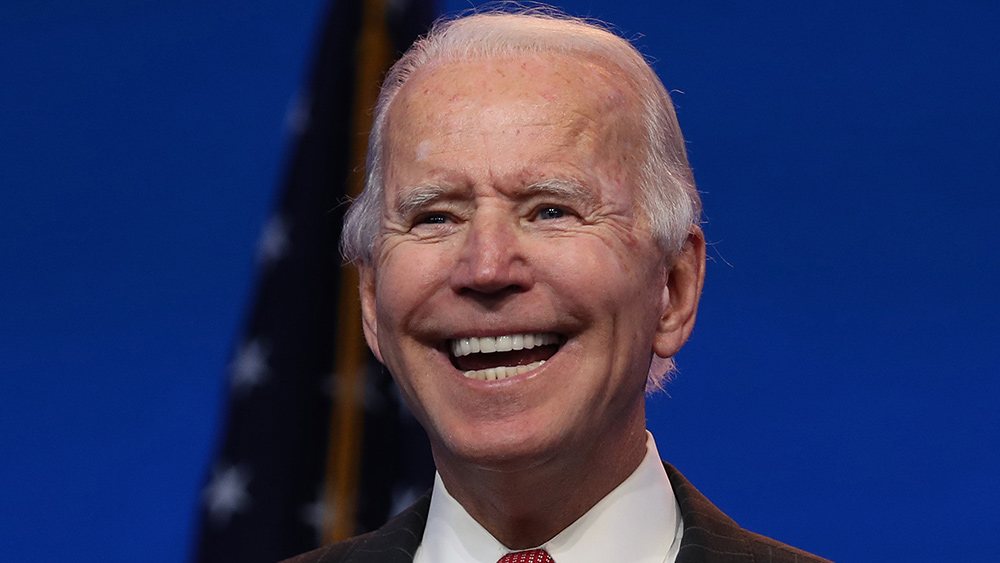
Socialism is not all it is chalked up to be, or rather what Democratic Presidential candidate Bernie Sanders insists that it is. Sanders’ campaign has been successful largely due to proclamations that if elected, he will free us all from the chains of bureaucracy. But there’s just one problem: he intends to do so using more government, more taxes, and more controls.
Sanders speaks about socialism as if he’s never heard of its failed history, writes Jeffrey Tucker of the Foundation for Economic Education (FEE) in a piece titled “Hating the Establishment is Not the Same as Supporting Liberty.”
Another one of Sanders’ key policies is minimum wage hikes.
Because he’s spent so little time earning a paycheck outside of politics, Sanders is also oblivious to the fact that minimum wage increases may improve quality of life for some in the short-term, but in the long-term will result in mass layoffs and consumer price inflation.
Why minimum wage increases are detrimental to the free market
A piece written by David R. Henderson of “Library of Economics and Liberty” explains perfectly the result of government-induced minimum wage hikes:
Jonathan Meer and Jeremy West have found that increases in the minimum wage destroy jobs, not so much by destroying current jobs as by reducing the growth rate of new jobs.
That makes sense if employers' investments in capital are even partially irreversible, that is, if some costs of capital investment are sunk, as seems plausible.
Here's a simple numerical example to illustrate the point.
Imagine that an employer is contemplating investing $100K in the price and installation of a piece of machinery that he expects to last 5 years. Assume for simplicity that once it is bought and installed, the salvage value is zero. (Numbers greater than zero work also, but complicate the analysis, with no additional insight.)
Assume that the current minimum wage is $7 an hour and that the employer contemplates hiring a worker for a standard work year of 2,000 hours. At that wage rate, he can find a suitable worker. Assume that there are no other components of the pay package and that there are no other costs of production.
Assume that the employer expects to be able to sell the annual output from the machine/worker combination for $37,000. Assume, for simplicity, a zero real interest rate. (That, by the way, is often a bad assumption but in recent years, it is not far off.)
If the employer expects no increases in wages over the next 5 years, will he make the investment? Yes.
Let the market decide
The reason is that his costs over the 5 years are $100K for equipment and $70K for labor, for a total of $170K. His revenues are $185K. Net profit: $15K.
But now imagine that after 2 years of operating profitably, the employer faces a minimum wage of $10 an hour.
Had he known this in advance, he would have known that his cost of labor over the 5 years would have been $14K plus $14K plus $20K plus $20K plus $20K, or $88K. So his total costs would have been $188K. Compare that to the $185K of revenue and the employer would not have invested.
But the employer has invested. The equipment cost is sunk. Will the employer continue? Yes he will. The reason: he now compares $20K of annual labor cost to $37K of annual revenue and finds that it is worthwhile to continue.
So he will not lay off the labor.
However, other potential employer/investors facing the same numbers will not make the investment. So whatever growth rate of jobs there would have been will not come about. The growth rate will be lower.
Sources:
Please contact us for more information.





















